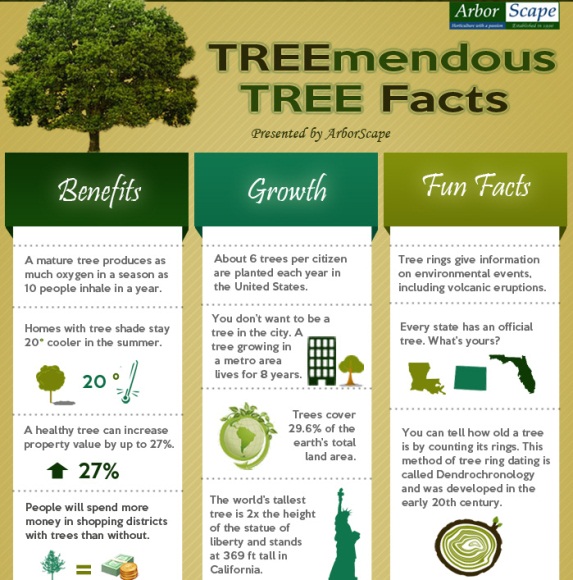Reveal Methods For Protecting A Healthy And Balanced Habitat After The Trees Have Been Taken Down
Reveal Methods For Protecting A Healthy And Balanced Habitat After The Trees Have Been Taken Down
Blog Article
Web Content Create By-
When it pertains to seasonal tree care, ensuring correct monitoring before and after elimination can significantly affect the health and wellness and appearances of your landscape. By comprehending the essential steps involved in assessing tree health and wellness and getting ready for removal, you can proactively safeguard your property. Yet what concerning the vital practices to adhere to once the tree is gone? Keep tuned to uncover the essential post-removal treatment procedures that will aid you cultivate a flourishing and sustainable atmosphere for your trees.
Pre-Removal Tree Care
Prior to attending to the elimination of a tree, it's essential to prioritize pre-removal tree treatment. Start by assessing the tree's health and wellness and architectural honesty. Seek signs of disease, pest problems, or any type of architectural concerns that might present a safety risk throughout elimination. It's necessary to consult with a licensed arborist to identify the best strategy.
Trimming use this link or diseased branches can protect against more damages to the tree and guarantee a smoother elimination process.
Furthermore, consider the ecological impact of removing the tree. Trees play a vital duty in our environment, so growing a new tree in a suitable location can help balance out any loss. Make https://www.greeleytribune.com/2020/02/21/spring-home-and-garden-show-to-feature-inspiration-for-all-levels-of-do-it-yourselfers/ that you have the necessary licenses and authorizations for tree elimination, particularly if the tree is protected by regional policies.
Seasonal Maintenance Tips
Assessing your tree's needs throughout the year is essential for its wellness and longevity. To keep your trees in top problem, comply with these seasonal maintenance pointers.
In springtime, concentrate on trimming to remove dead or broken branches and encourage new growth.
Summertime asks for normal watering, especially during dry spells, to ensure your tree remains hydrated.
As fall approaches, watch out for early signs of disease or stress and anxiety, and consider applying compost to shield the origins throughout winter months.
In winter months, beware when eliminating snow from branches to stop breakage, and continue to check your tree's total health.
Remember to readjust your care regular based on the particular requirements of your tree species and regional environment. By staying mindful and positive throughout the seasons, you can aid your trees thrive and flourish for several years to come.
Post-Removal Tree Care
To make certain the health of your landscape even after tree removal, correct post-removal treatment is important. After a tree is gotten rid of, it's crucial to fill up the staying opening with topsoil and compact it to prevent settling. This will certainly help maintain the stability of the ground and protect against possible dangers in the future.
Think about growing new vegetation instead of the eliminated tree to bring back the balance and looks of your landscape. Routinely water the location to promote the development of new plants and stop soil erosion.
Inspect the bordering trees for any signs of disease or anxiety that may have been caused by the eliminated tree. Watch out for pests that might've been attracted to the previous tree and take safety nets to secure the remaining plants.
If necessary, seek advice from a specialist arborist to evaluate the impact of the removal on the surrounding trees and establish any additional care required. By adhering to these post-removal treatment steps, you can ensure the continued health and wellness and elegance of your landscape.
Conclusion
Finally, aggressive seasonal tree care is vital for maintaining the wellness and equilibrium of your landscape. By analyzing tree health and wellness, trimming, and talking to an arborist prior to elimination, you can ensure a safe procedure. After removal, filling up the hole, growing new plants, and normal watering will advertise new growth and prevent disintegration. Bear in mind to examine surrounding trees for illness and look for additional care measures from an arborist to maintain your landscape thriving.
